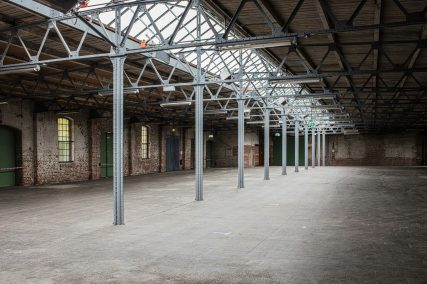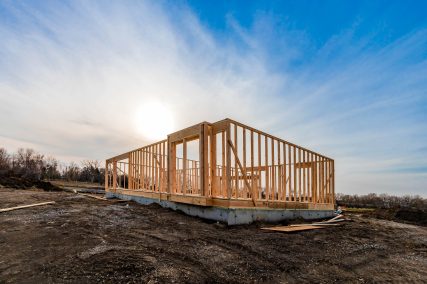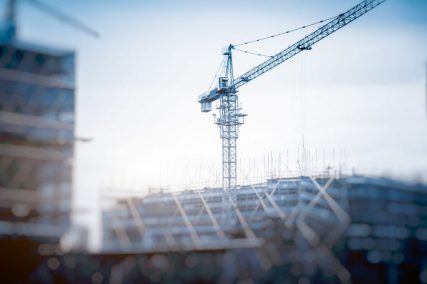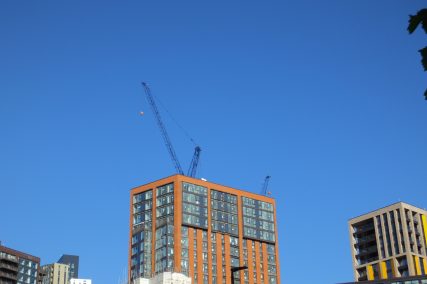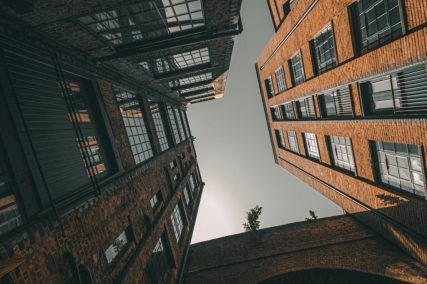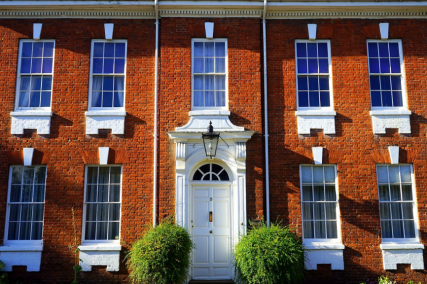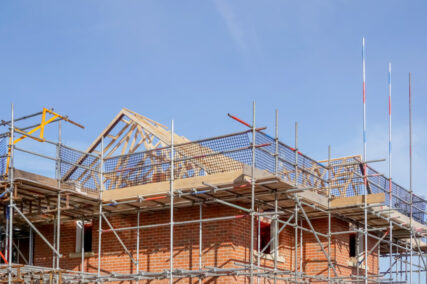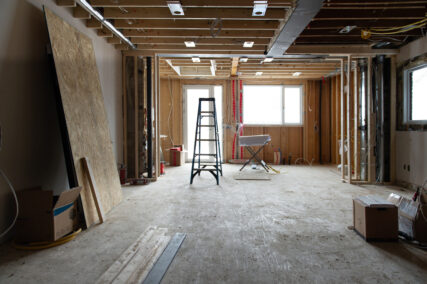What are the benefits and risks of refurbishment property investment?
Refurbishment property investment offers both benefits and risks, and investors should carefully weigh these before deciding whether to pursue this strategy.
Benefits:
- Potential for high returns: If the property is purchased at a low price and the renovation is successful, the investor can sell the property at a much higher price or rent it out to generate a regular income.
- Control over the property: Investors have control over the renovation process and can tailor the property to meet the demands of the market.
- Value-added investment: The refurbishment process can add value to the property and increase its marketability.
- Diversification of investment portfolio: Refurbishment property investment offers a way to diversify an investment portfolio beyond traditional investments.
Risks:
- High upfront costs: Refurbishing a property can be expensive, and investors need to have enough capital to cover the purchase price and renovation costs.
- Uncertainty of renovation costs: Renovation costs can be difficult to predict, and unexpected costs can eat into potential returns.
- Market uncertainty: There is always a degree of uncertainty in the real estate market, and there is no guarantee that the renovated property will sell or rent out for the desired price.
- Time-consuming: Refurbishing a property can be a time-consuming process, which may not be suitable for investors who want a quick return on investment.
In summary, refurbishment property investment can be a high-risk, high-reward strategy that requires careful planning, execution, and financial resources. Investors should carefully consider the benefits and risks before pursuing this investment strategy.

